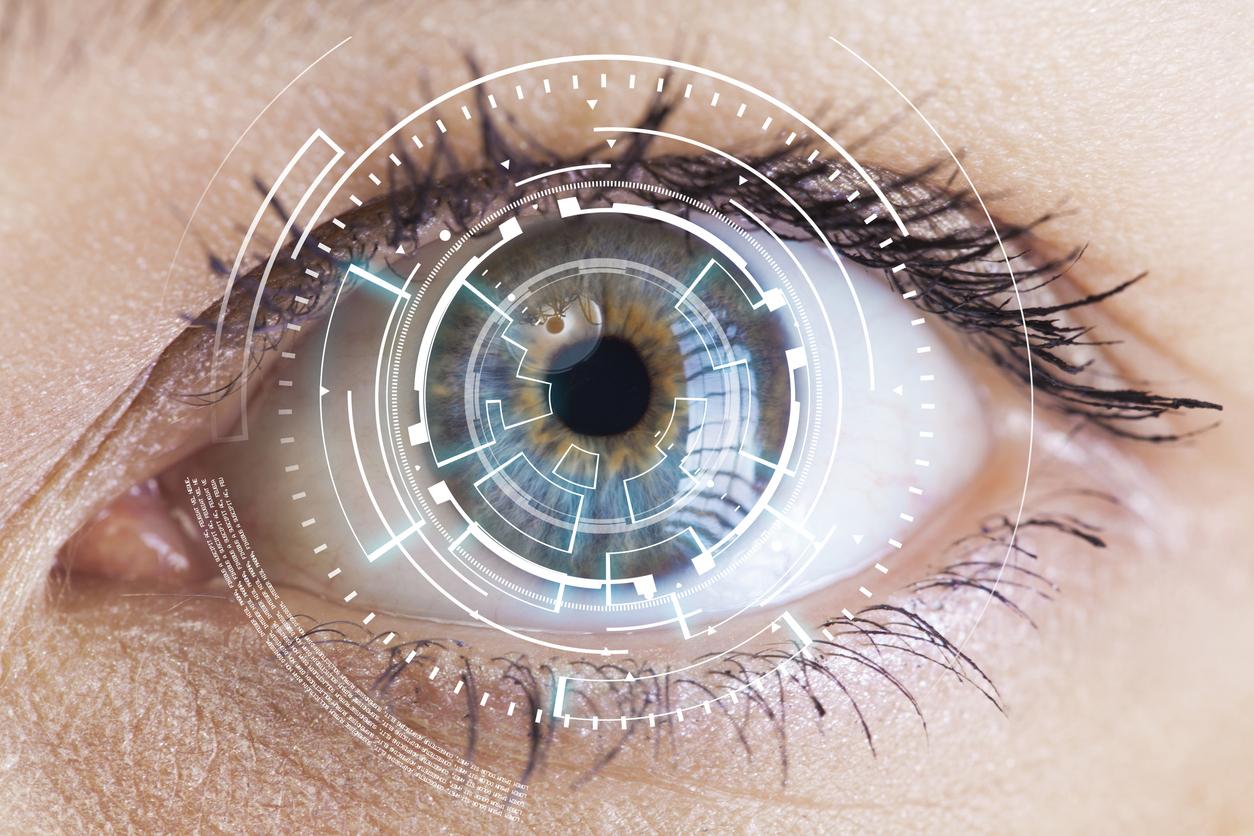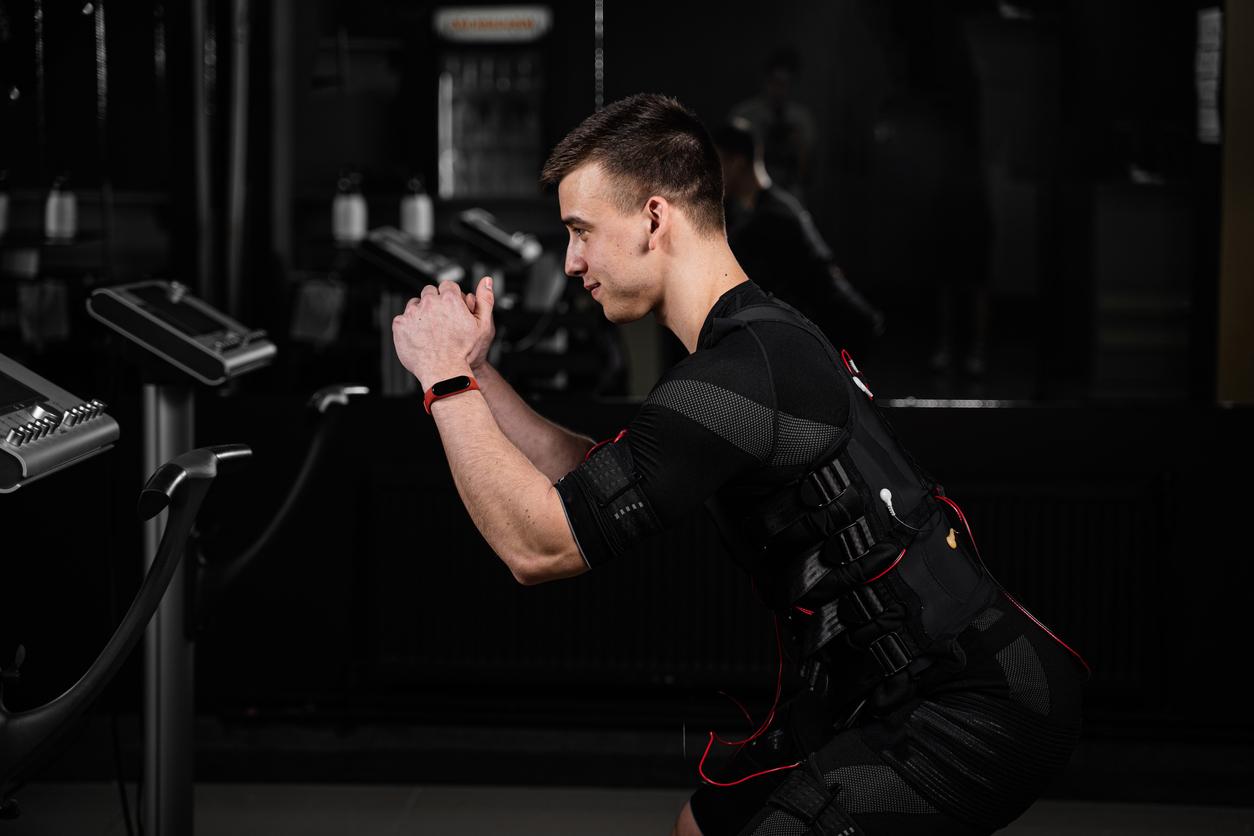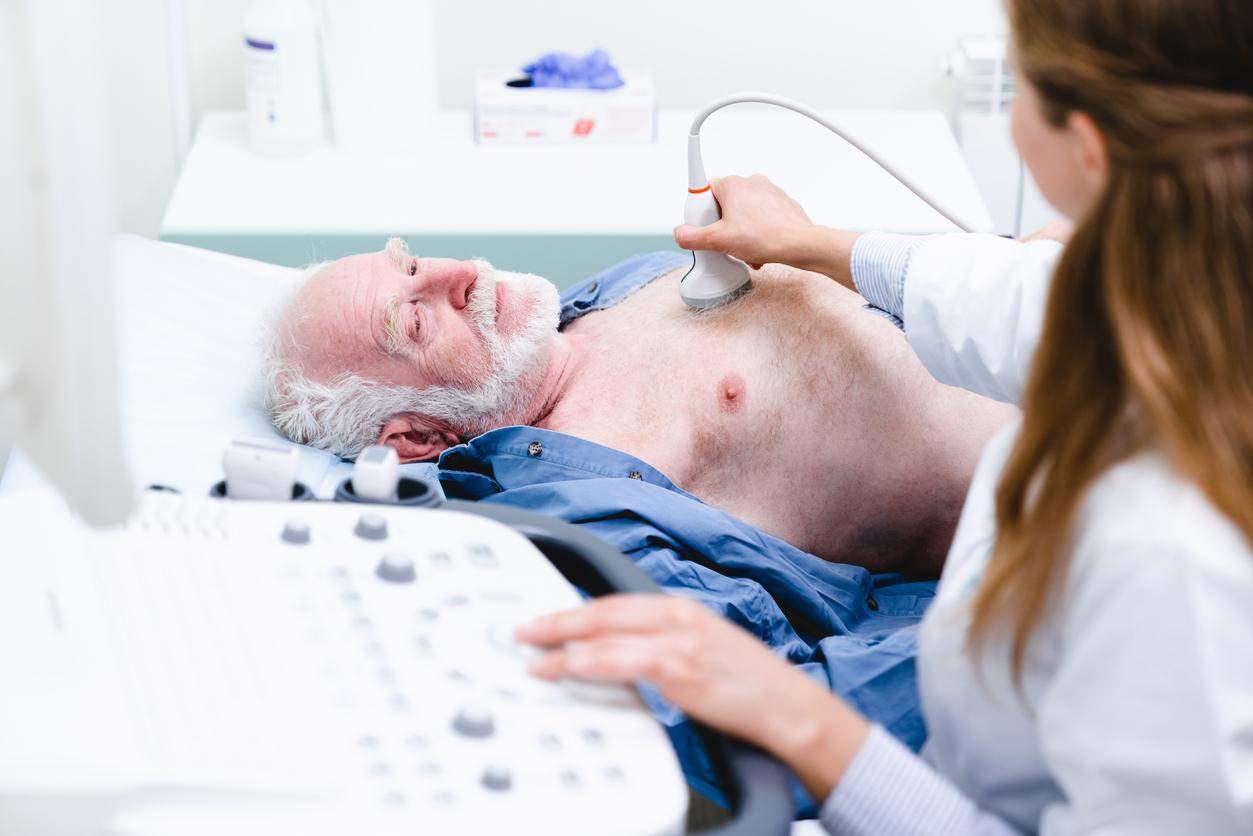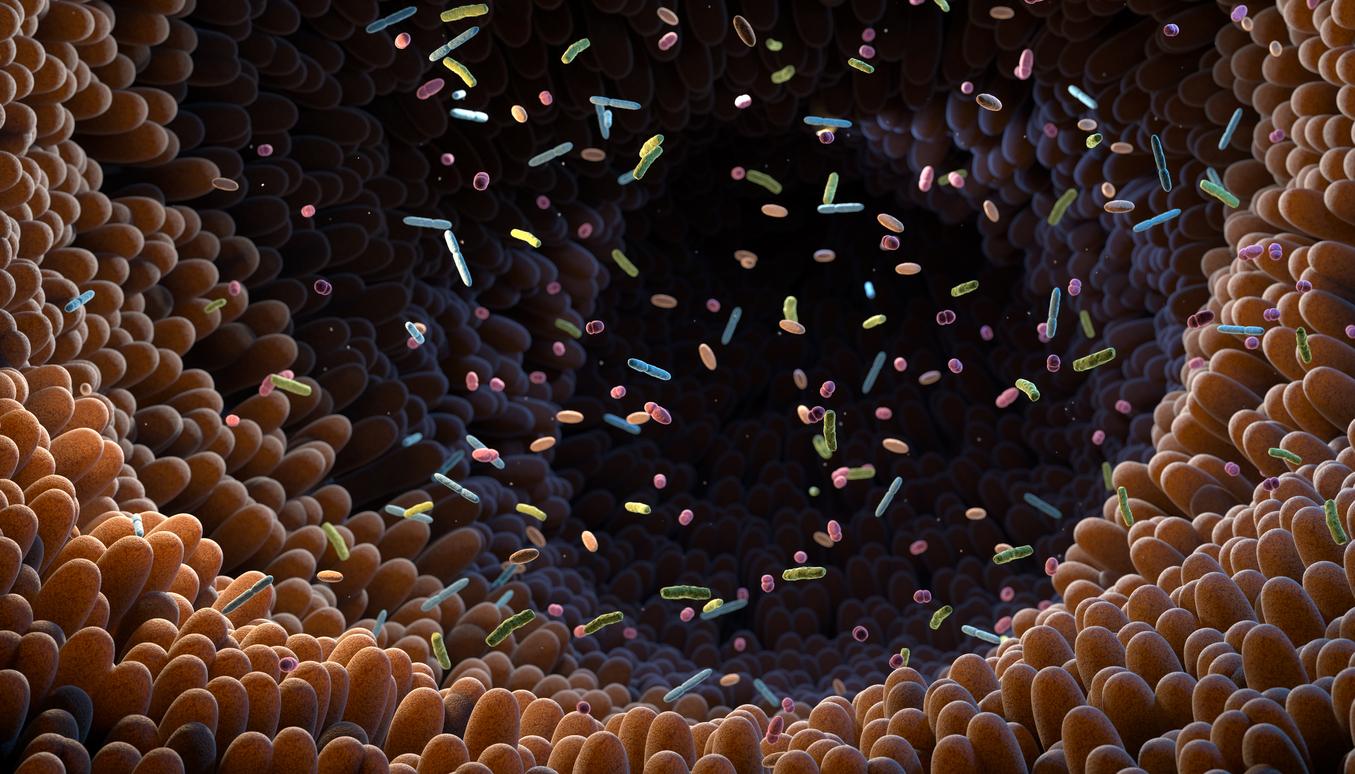Thanks to sophisticated computer models, it is now possible to determine the level of speech recovery in patients who have suffered a Cerebrovascular Accident (CVA).

- In France, there are more than 140,000 strokes each year;
- While aphasia and hemiplegia are the most common sequelae, stroke can also cause persistent fatigue, trouble concentrating or even anxiety.
There is a cerebrovascular accident (CVA) every four minutes in France. Caused by the rupture or obstruction of a blood vessel in the brain, it represents the first cause of acquired disability, that is to say, which appears after birth, in adults.
The sequelae of a stroke are multiple: the most common are hemiplegia and aphasia, or language disorders. For a third of stroke victims, they persist and limit the ability to communicate. “It’s a huge problem“, comments Swathi Kiran, director of the aphasia research center at Boston University. With her team, she has been working on these disorders for many years. In Scientific Reportsthe results of their latest study are published, as they have developed a computer system to determine the level of language recovery for stroke victims.
A challenge for equal treatment
This scientific research has several starting points, among which the unequal access to social protection in the United States. In the country, people of Hispanic origin are twice as likely to not have health insurance, compared to populations of other origins. According to researchers at Boston University, this makes access to language rehabilitation therapy more difficult for these people.
Moreover, this population is generally bilingual, and therapies are often available in only one language. “He is difficult for doctors to determine in which language patients should receive their therapy“, specify the researchers. “Our work started with this question, ‘if someone has a stroke in this country, and they speak two languages, in which language should they receive therapy? Is he more likely to progress if it’s in English? or in Spanish?” asks Swathi Kiran.
Ongoing studies
For ten years, the scientist and her team have been observing the effects of these treatments on the brain to understand their effectiveness. This work enabled them to develop a model of neural networks, which stimulates the brain damaged by a stroke of a person. Then, she is able to predict the effects of the therapy according to the language used. Clinical studies are underway to test the effectiveness of this technique in the hospital environment.
Act quickly to limit the after-effects
In the context of a stroke, the most effective way to reduce the sequelae is to intervene quickly. When a blood vessel is blocked, two million neurons die every minute. Today, treatments can intervene within a few hours, but the faster the support, the better the recovery, indicates Inserm.

.















